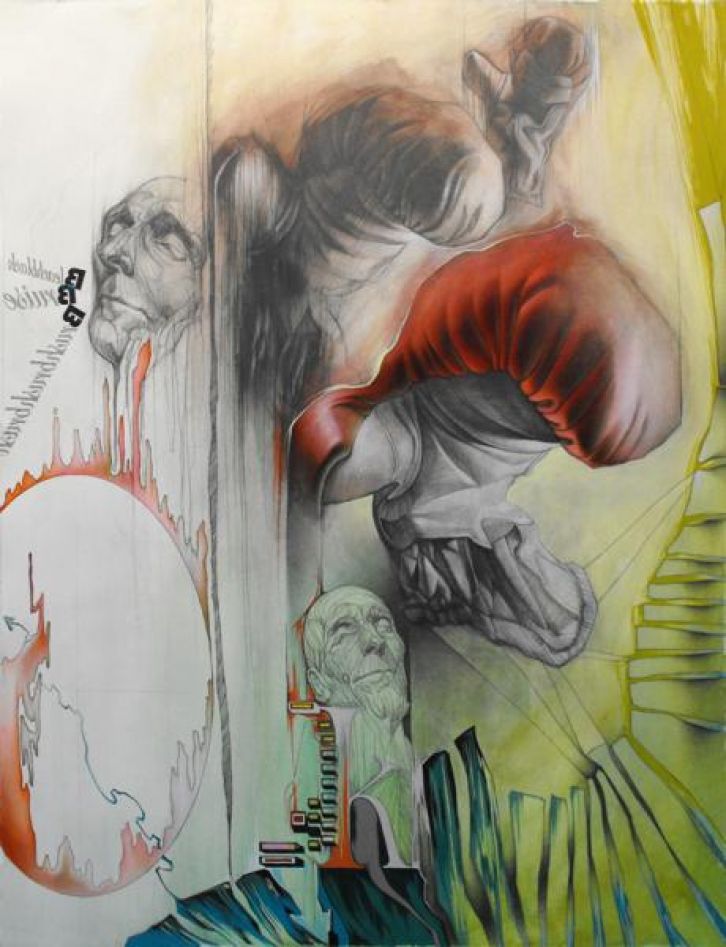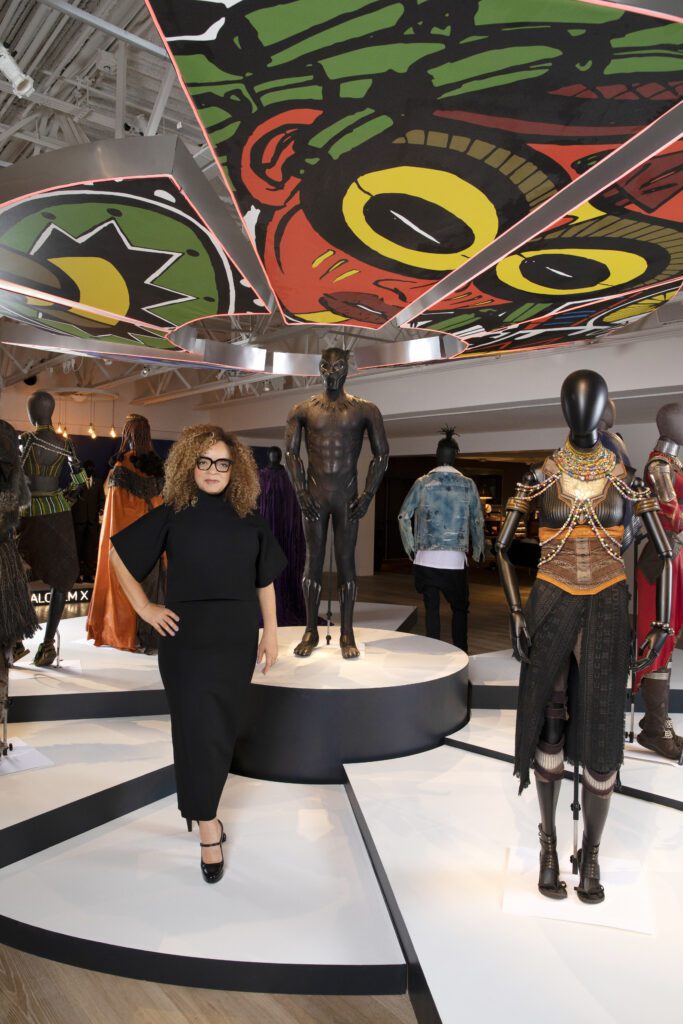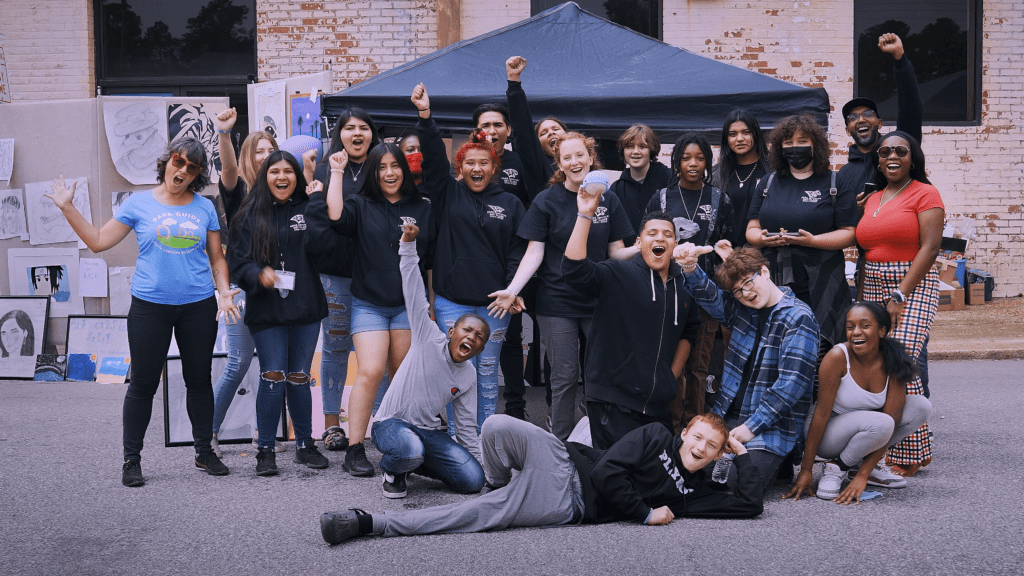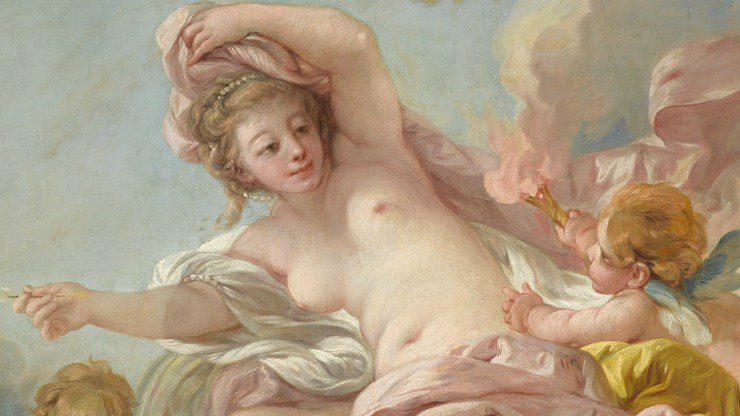Line, Touch, Trace
The stylus is one of the most direct tools of artistic expression. Line, Touch, Trace, organized by Greenhill in Greensboro, North Carolina, features hand-drawn works by 13 North Carolina artists who use graphite, ballpoint pen, conté crayon, ink, or charcoal to explore drawing in its relationship to thought processes.
The stylus is one of the most direct tools of artistic expression. Line, Touch, Trace, organized by Greenhill in Greensboro, North Carolina, features hand-drawn works by 13 North Carolina artists who use graphite, ballpoint pen, conté crayon, ink, or charcoal to explore drawing in its relationship to thought processes.Line may be used to precisely render contours or as calligraphy on the drawing’s surface; touch builds tonal values or erases edges; and traced marks may suggest elements of an imagined topography. The artists use line, touch, and trace in works that communicate mental states, project invented worlds, or portray moments of contemplation. The range of approaches presented attests to the effervescence of drawing and its contribution to contemporary art.
The exhibition includes works by Selena Beaudry, Tamie Beldue, Lori Esposito, Kiki Farish, John Gall, John Hill Jr., Fritz Janschka, Kenn Kotara, Kreh Mellick, Matthew Micca, Ippy Patterson, Isaac Payne, and Jason Watson.
Organized by Greenhill in collaboration with the North Carolina Museum of Art. Support provided by the George Smedes Poyner Family Foundation. This exhibition is also made possible, in part, by the North Carolina Department of Cultural Resources; the North Carolina Museum of Art Foundation, Inc.; and the William R. Kenan Jr. Endowment for Educational Exhibitions.

Jason Watson, Punch Drunk Monk, 2009, graphite, colored pencil, acrylic wash, and gouache on paper, 50 x 38 in., Courtesy of the artist, © 2009 Jason Watson
Ruth E. Carter: Afrofuturism in Costume Design
Academy Award–winner in Costume Design, Ruth E. Carter has helped bring characters to life in acclaimed Hollywood blockbusters. The NCMA celebrates the magic of her imagination.
Innovative AIM Program Reaches Thousands
Thinking outside the lines, NCMA outreach programmers connect local artists in rural communities with local students excited to discover the artist within.
Love in the Galleries
This Valentine’s Day we invite you to follow Cupid’s arrow through West Building to discover some amorous works in the NCMA’s collection.



